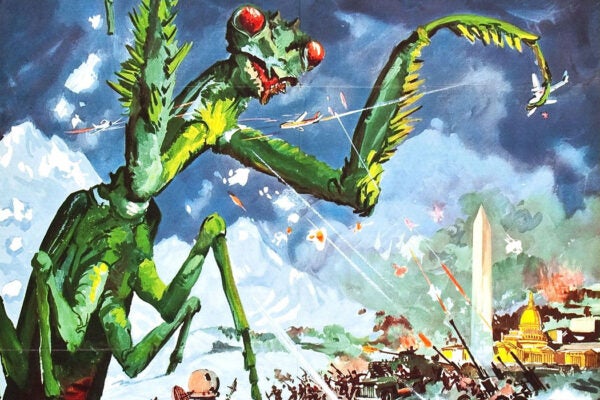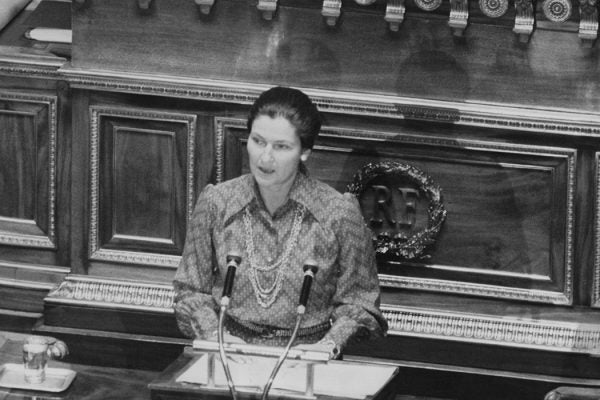Bob Dylan and the Creative Leap That Transformed Modern Music
In 1964, Dylan decided that he wanted to make a different kind of music.
The War on Bugs
In the 1950s, supersized insects were the villains in a rash of big-screen horror movies. What did those monstrous roaches represent, and how were they vanquished?
All Travelers are Infiltrators: An Introduction to the Study of Travel Writing
Travel writing as a genre has arguably been around for centuries, but it didn’t emerge as a distinct field of academic study until the 1980s.
Imag(in)ing the Brain
Nobel winner Santiago Ramón y Cajal preferred to draw his own renderings of neurons rather than avail himself of photomicrography's wonders.
The Mystery of Crime-Scene Dust
In the late nineteenth century, forensic investigators began using new technologies to study minute details—such as the arrangement and makeup of dust.
The Mesmeric Dr. James Esdaile
The acceptance of mesmerism in colonial Bengal depended on the public performance of Western medicine couched in the wonders of a supposed “native” magic.
The Manifesto of the 343
In a dramatic act of civil disobedience, more than three hundred French women publicly confessed to having had an illegal abortion.
The Visual Medium Has a Message
How does the medium in which an image is rendered, its materiality, shape our perception of the subject matter?
Street Harassment in Victorian London
Middle- and upper-class women complained about “so-called gentlemen” who stared at them, blocked their paths, and followed them as they tried to shop.
Who Was the Little Girl in Las Meninas?
A Spanish princess who became a German queen, Margarita Teresa lived a life structured by Catholicism and cut short by consanguinity.









